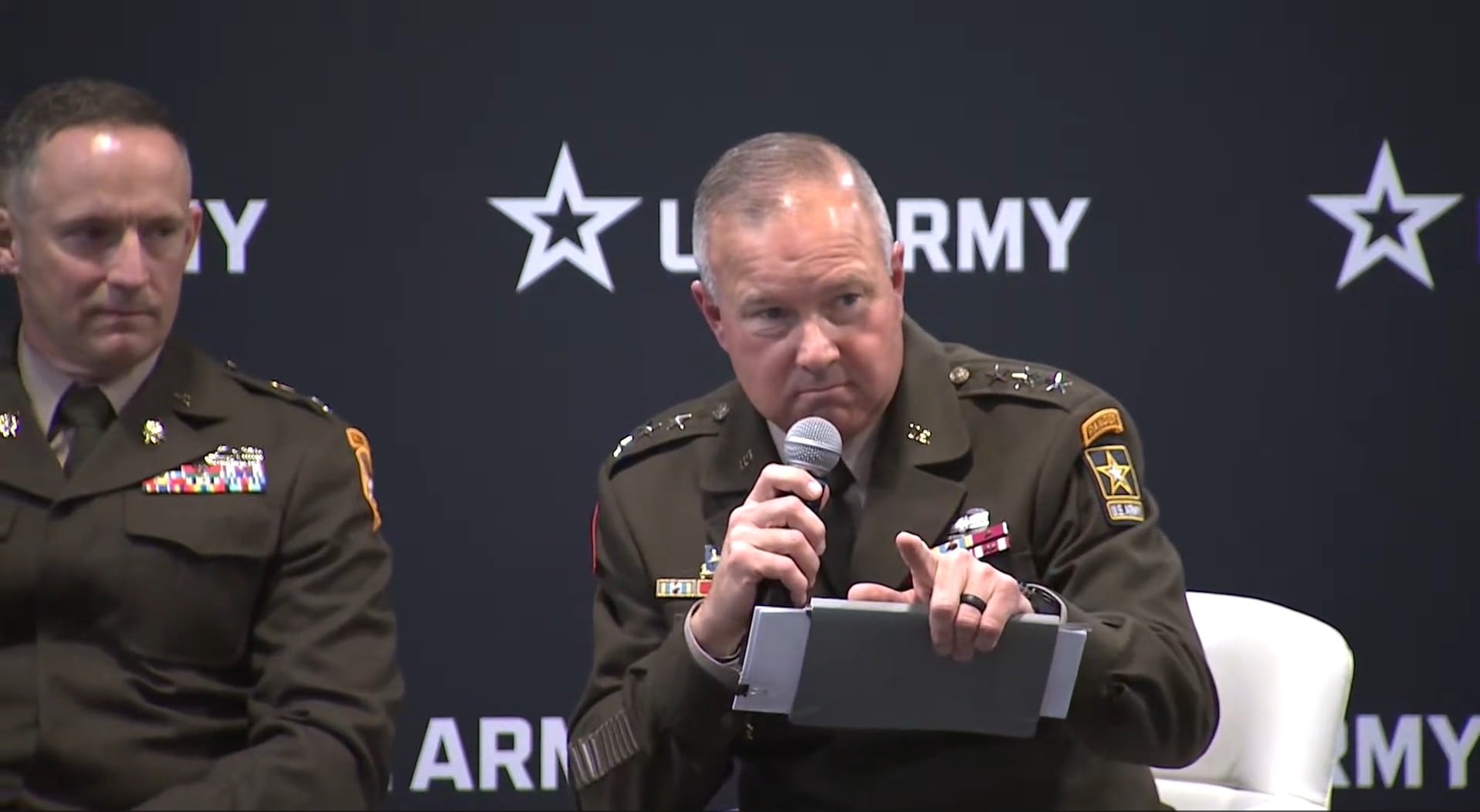More Army Reserve members will soon be eligible for emergency financial assistance from Army Emergency Relief, the nonprofit’s CEO announced Tuesday.
Currently, Army reservists must be on Title 10 orders for more than 30 days to be eligible for financial assistance from the nonprofit. In January 2026, that 30-day requirement will be lifted.
“We’ll start helping Army Reserve full time regardless of how long they’ve been on orders,” said retired Sergeant Major of the Army Michael Grinston, CEO of Army Emergency Relief, at the Association of the U.S. Army’s annual meeting in Washington.
“I’m extremely proud of that,” he said.
Grinston said he recently received approval for the change from the Office of the Chief of Army Reserve and now plans to pursue a similar change for the Army National Guard. Guard members also have to be on Title 10 orders for more than 30 days to be eligible for assistance.
Reserve and Guard members sometimes face immediate financial difficulty when they are activated and leave their civilian jobs.
Grinston said he is also working to find a way to help soldiers’ spouses apply online for assistance. Soldiers can now apply online, but if they’re unable to because they’re deployed, for example, their spouse must have a special power of attorney and physically go to an AER office.
AER, which Grinston describes as “the only organization that is the Army’s nonprofit,” provides emergency financial assistance for eligible active duty and retired soldiers and their families and survivors for a variety of needs, ranging from emergency travel to food.
“If Tricare doesn’t pay for your bill, the first organization you should call is Army Emergency Relief,” Grinston said, as an example. AER provides assistance in the form of zero-interest loans or grants.
In the initial days following the federal government shutdown, troops’ financial anxiety was clear, Grinston said. When AER published information online about how to apply for its shutdown assistance, the organization received 15,000 requests for assistance within four days.
“About 3% of the Army came to us,” he said. “The financial stress is real,” he said.
He urged soldiers and families to seek assistance from AER, either online or through their local AER officer located in Army Community Services centers.
“If anybody tells you no, I want you to contact me,” he said, and provided his email address to the crowd.
Karen has covered military families, quality of life and consumer issues for Military Times for more than 30 years, and is co-author of a chapter on media coverage of military families in the book "A Battle Plan for Supporting Military Families." She previously worked for newspapers in Guam, Norfolk, Jacksonville, Fla., and Athens, Ga.





